John P O’Sullivan visits painter Martin Gale at his home and studio in County Kildare
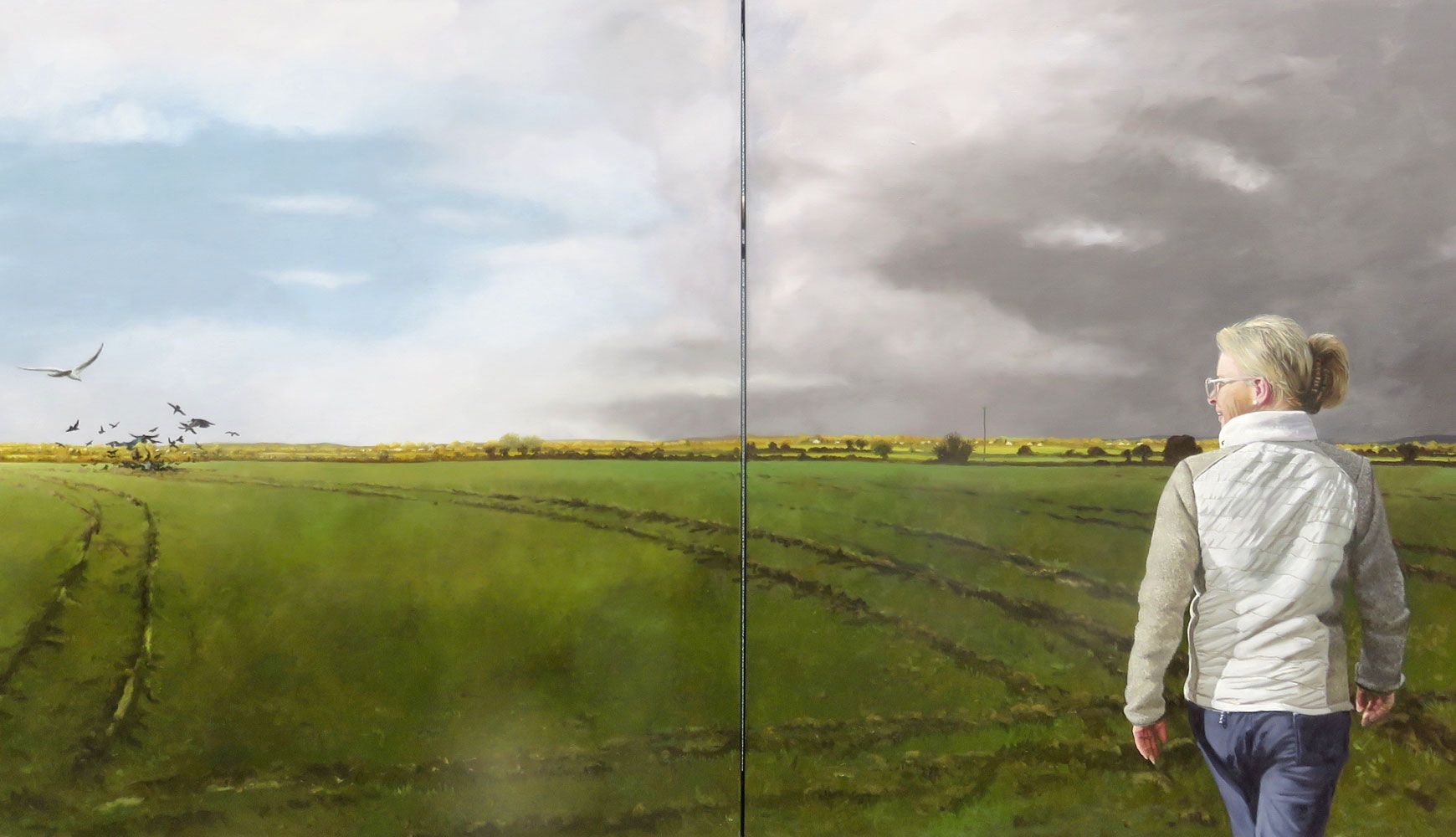
Driving to meet Martin Gale at his home, a few miles west of Ballymore Eustace on the Wicklow–Kildare border, you are struck by the many aspects of the landscape recognisable from his paintings. You are unmistakably in Gale country. There are those high hedges bordering the L6048 that appear in many of his works; a gateway set off this winding road is one in which figures might lurk, as depicted in his sinister Halloween – Out Early (2014); the spreading chestnut tree a few hundred metres from his front gate, featured in Guest (2011); the wheeling birds – magpies, crows and rooks; the fecund surrounding fields; the horses, only a decent gallop away from the Curragh. Although he has occasionally brought us elsewhere, to the West, via residencies in Ballinglen, and once to the exotic landscape of Sri Lanka, his paintings are generally made up of scenes that he comes upon on his daily walks around the countryside close to his house. Armed with his camera and his sketch books, he captures elements that pique his interest – and many of these will fetch up in his work. Gale describes himself as a Realist and the painters he admires include David Hockney, Edward Hopper (who also likes to insert preoccupied figures into his paintings) and Colin Harrison. There are a good number of the latter’s works hanging on the walls around us. Gale, however, never paints straight, realistic landscapes. The elements are real, but the resultant painting is a work of fiction. Like a magpie building a nest, he weaves the disparate images he collects on his daily walks into a work of the imagination. The magpie can take forty days to assemble a nest, and likewise, Gale doesn’t rush to completion: ‘I work slowly.’ Unlike many artists, Gale likes to work on one painting at a time: ‘I find it hard to skip from one world to the next.’ Sometimes the local elements he employs include his neighbours going about their daily business, as in his ‘Big John’ series. The woman who is featured in Walker (Fig 1), is someone he sees on her daily walk to the shops. Fugitives from the law looking to hide in rural areas should perhaps avoid the environs of Ballymore Eustace.
To read this article in full, subscribe or buy this edition of the Irish Arts Review
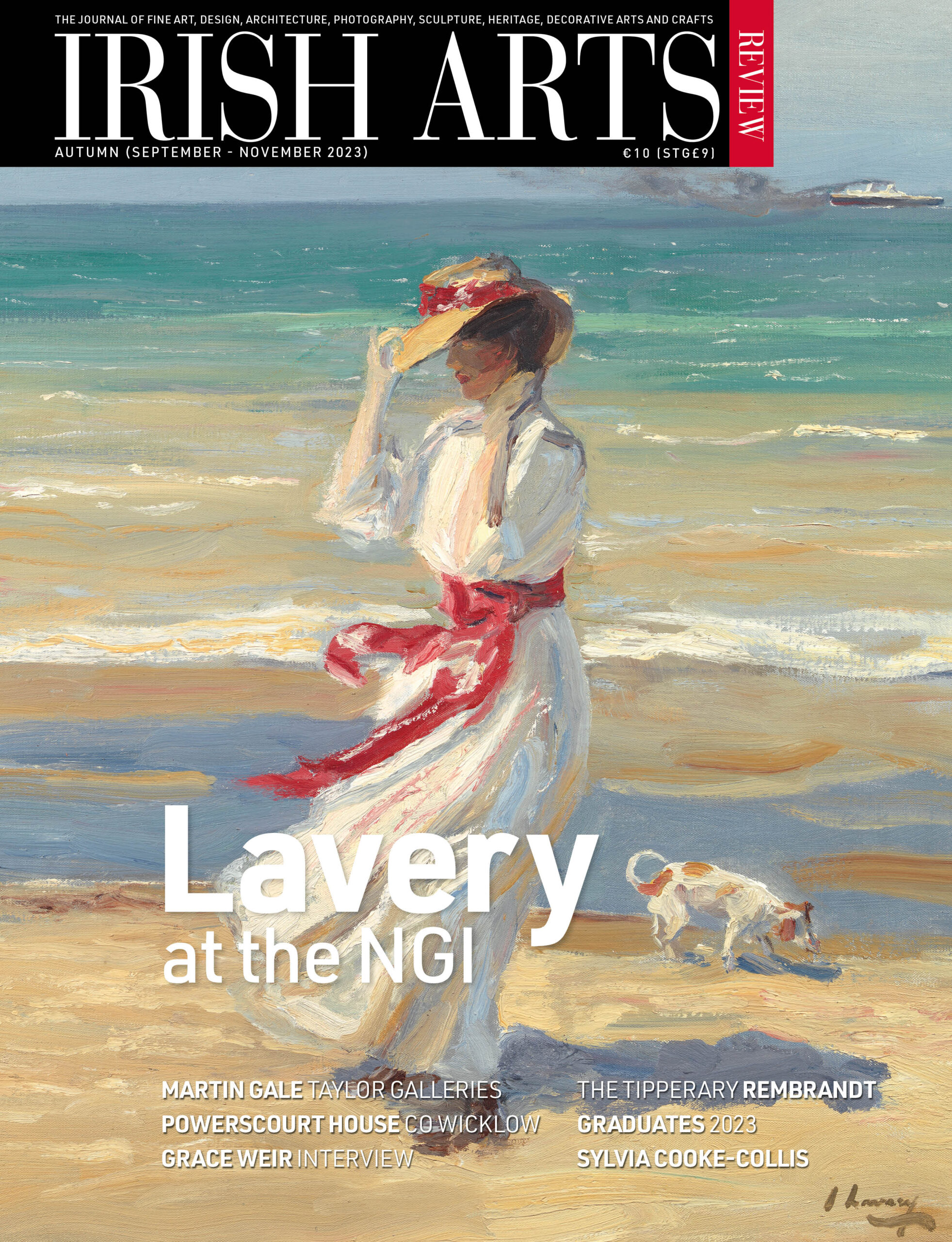
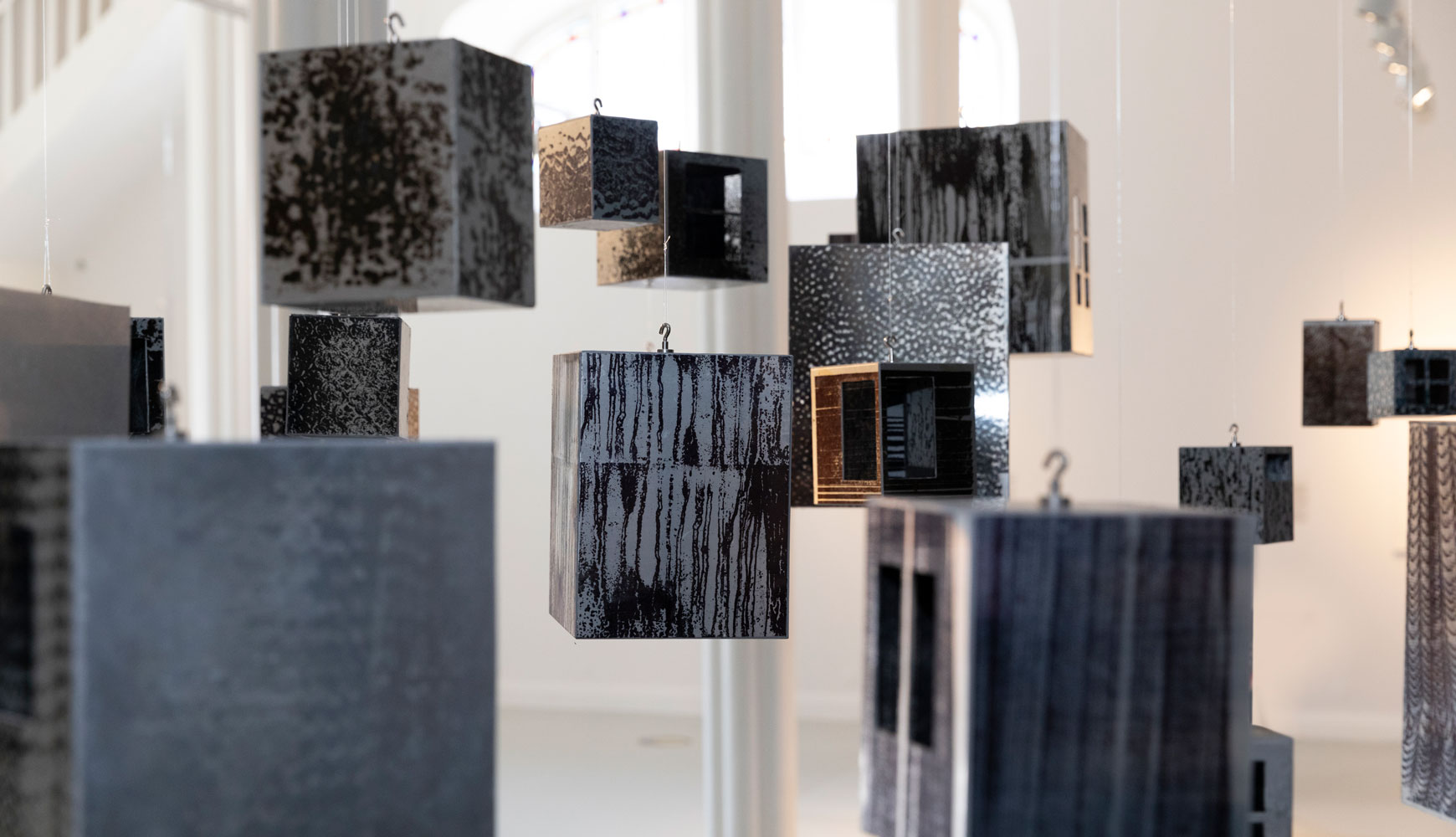
Aoife Ruane looks at artist Niamh McGuinne’s work, on show at the Highlanes Gallery
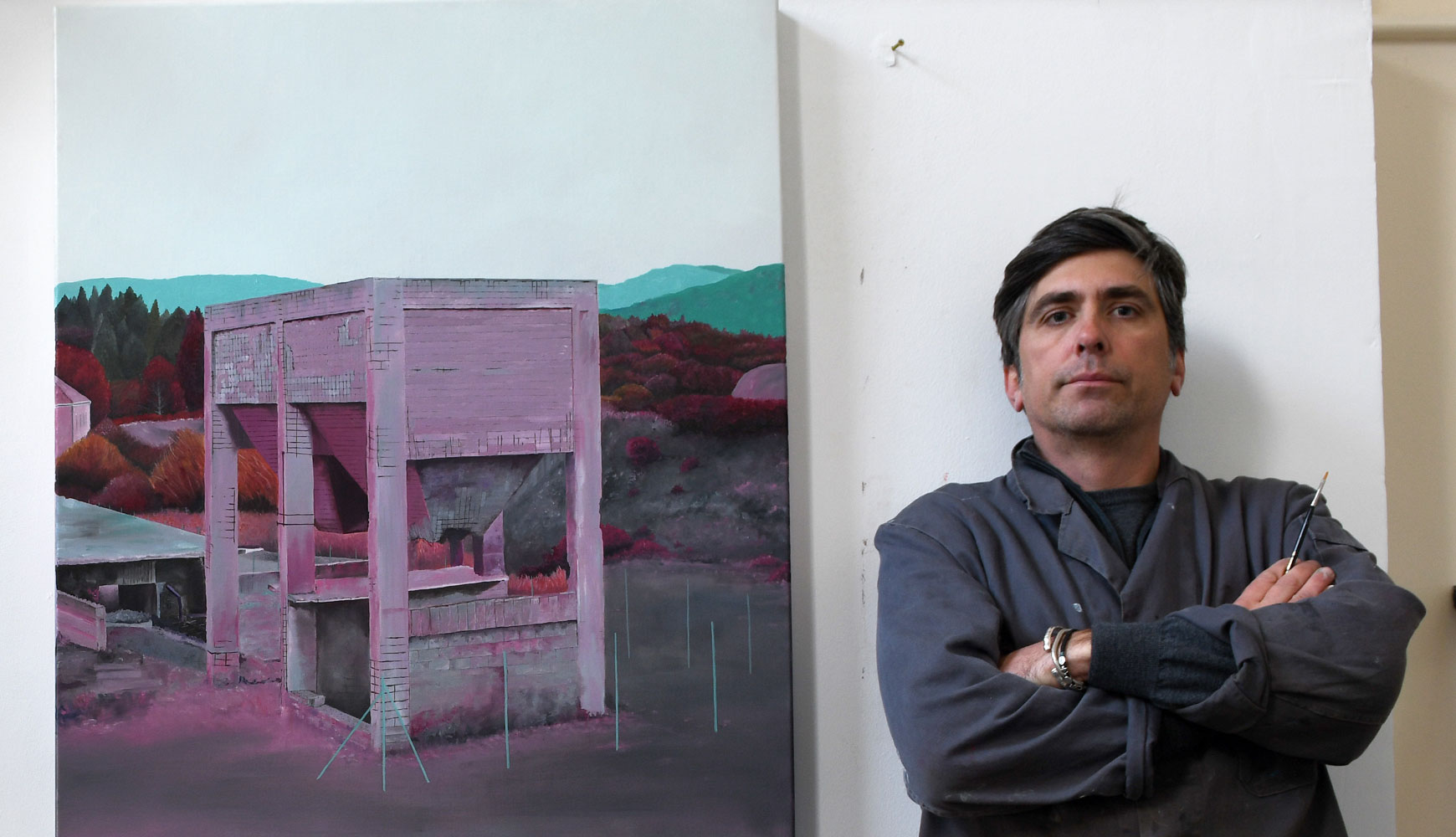
Pascal Ungerer’s peripheral landscapes evoke a sense of silence and isolation , writes Margarita Cappock
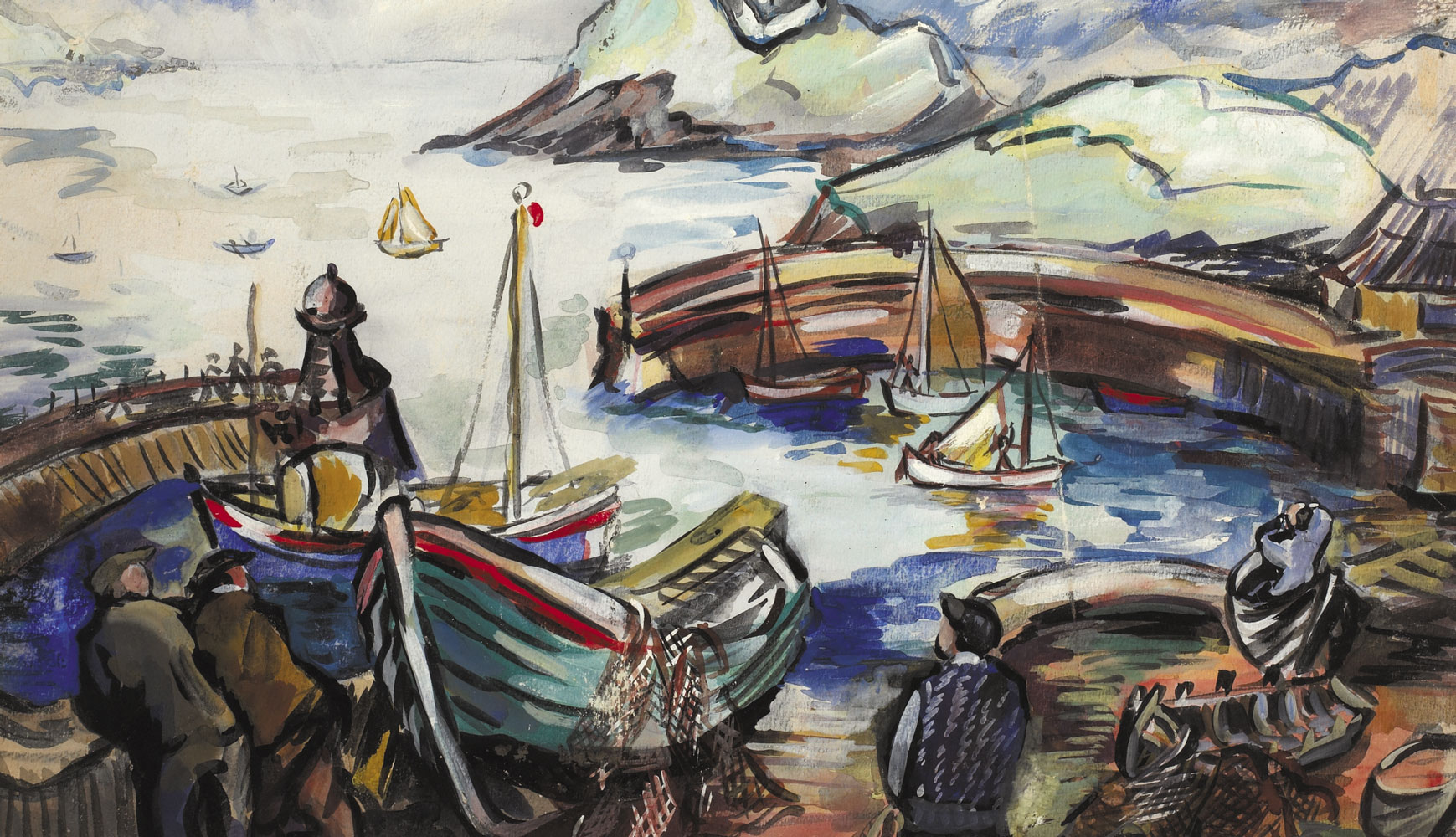
On the fiftieth anniversary of her death, Michael Waldron assesses the work of Cork artist Sylvia Cooke-Collis